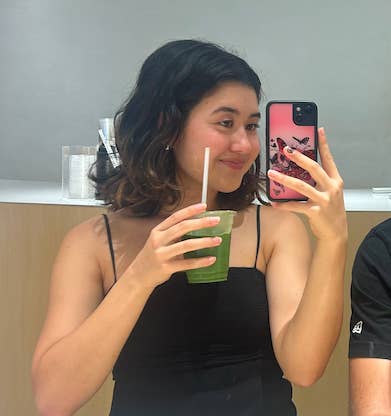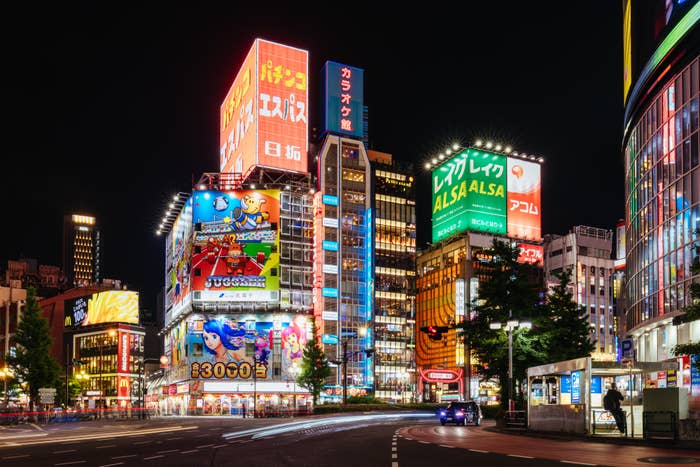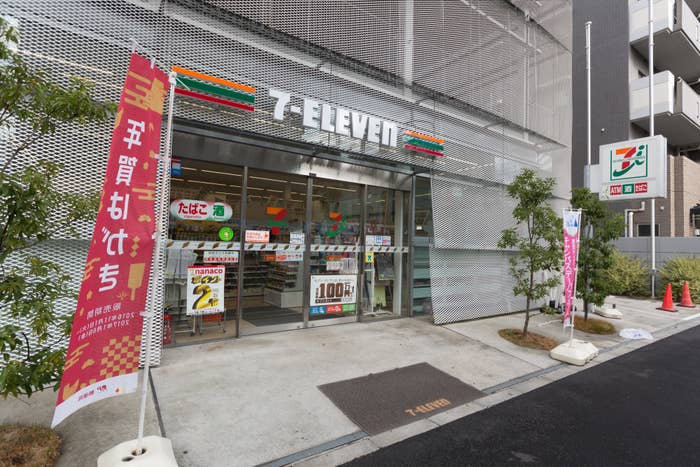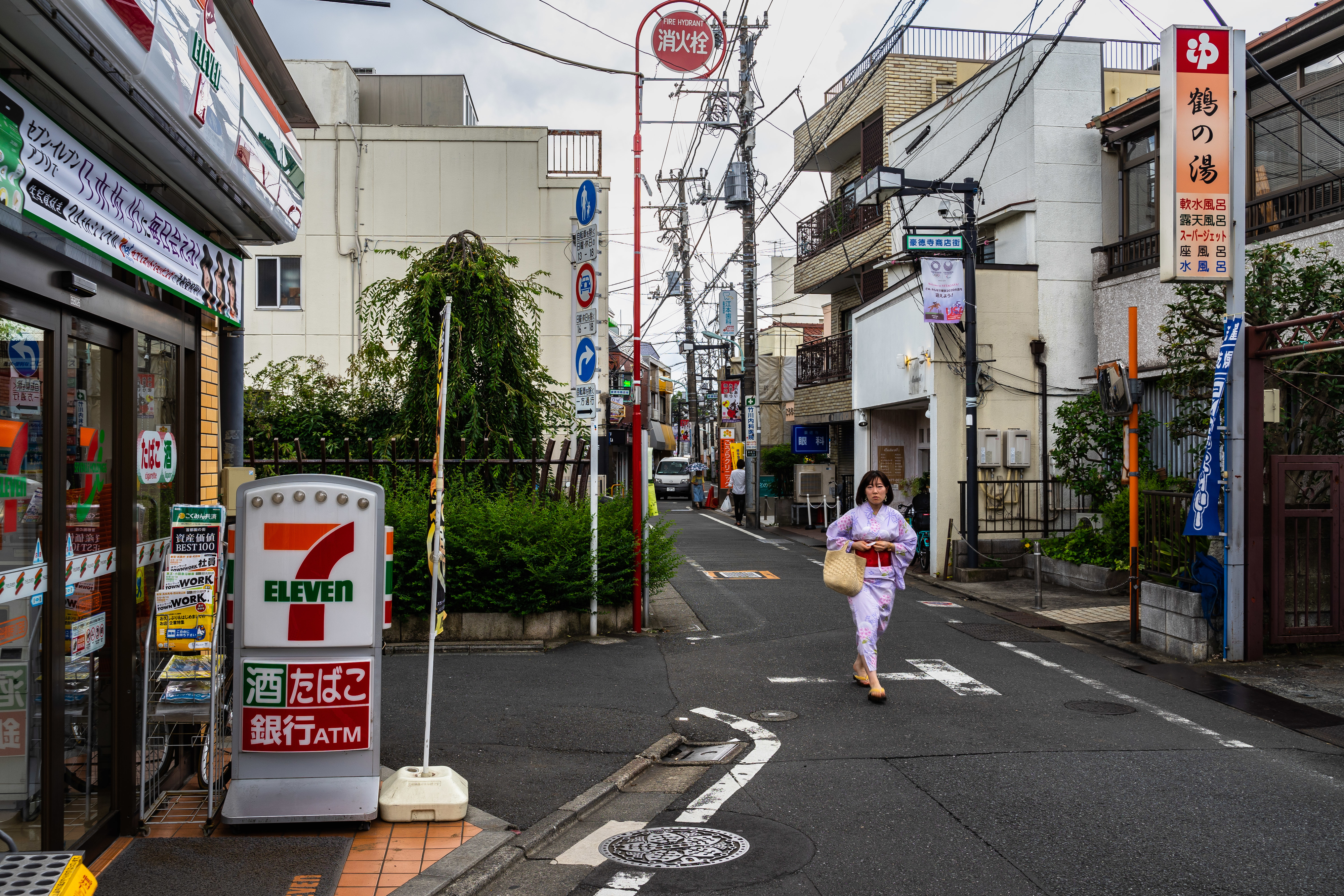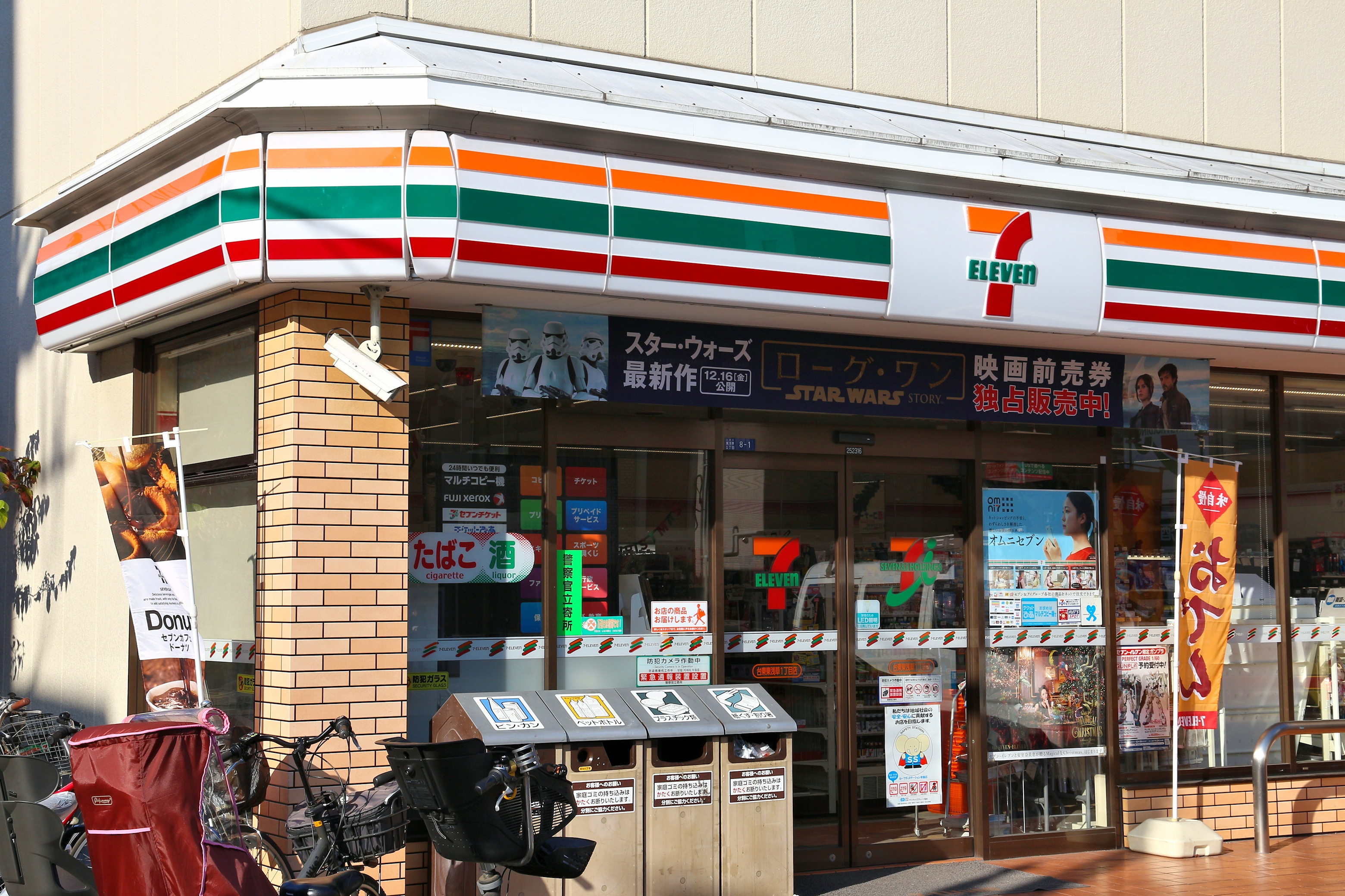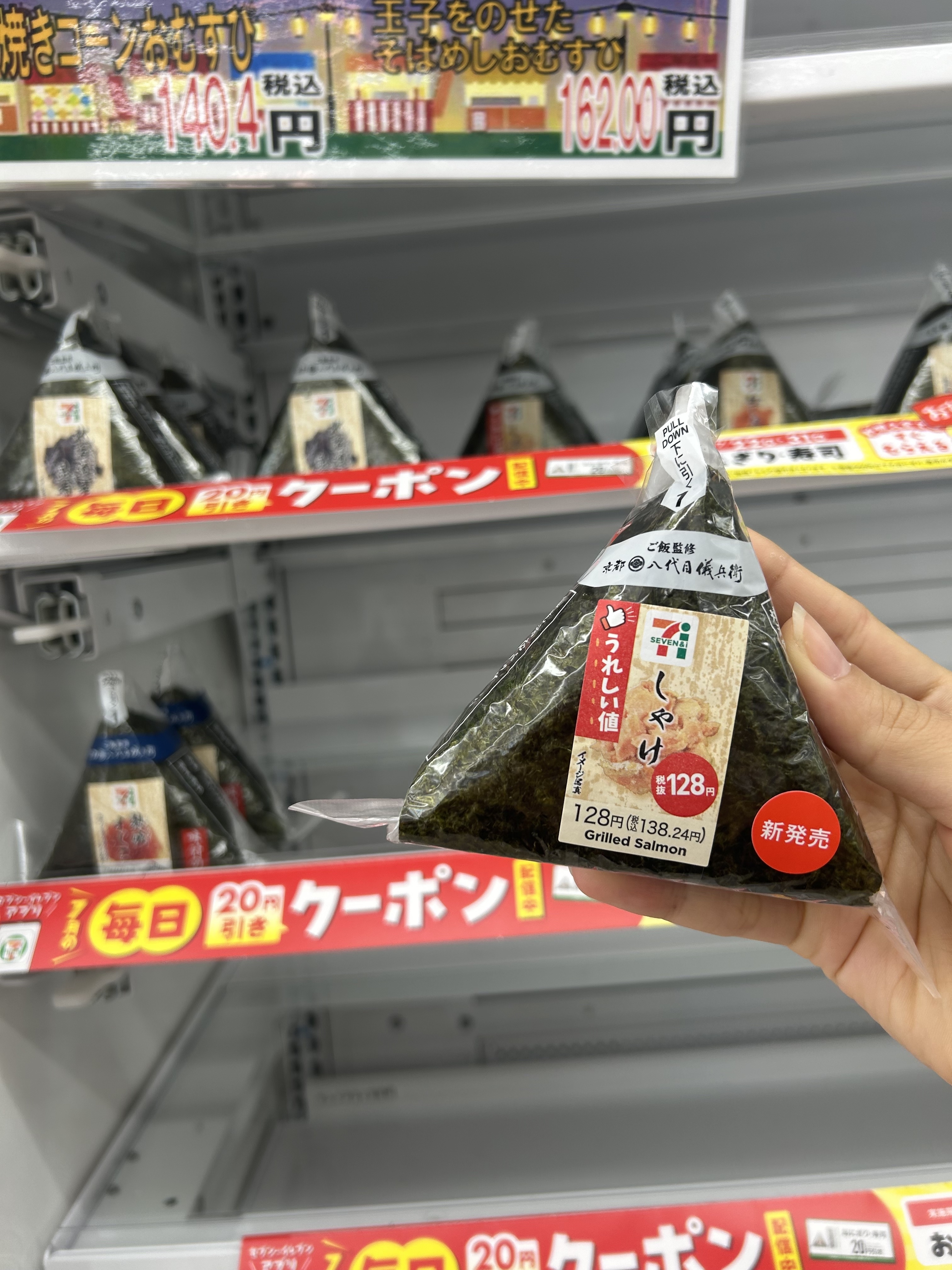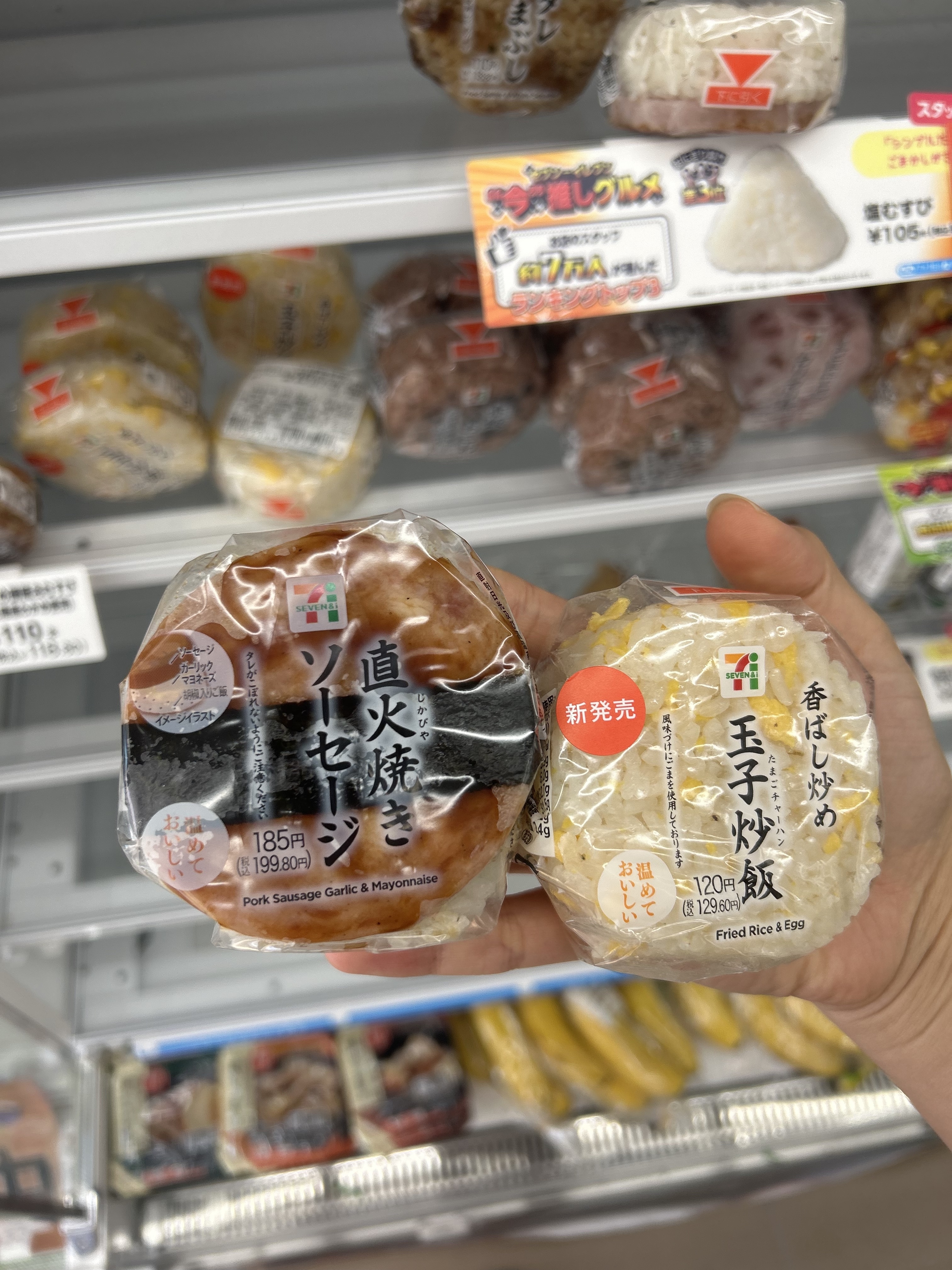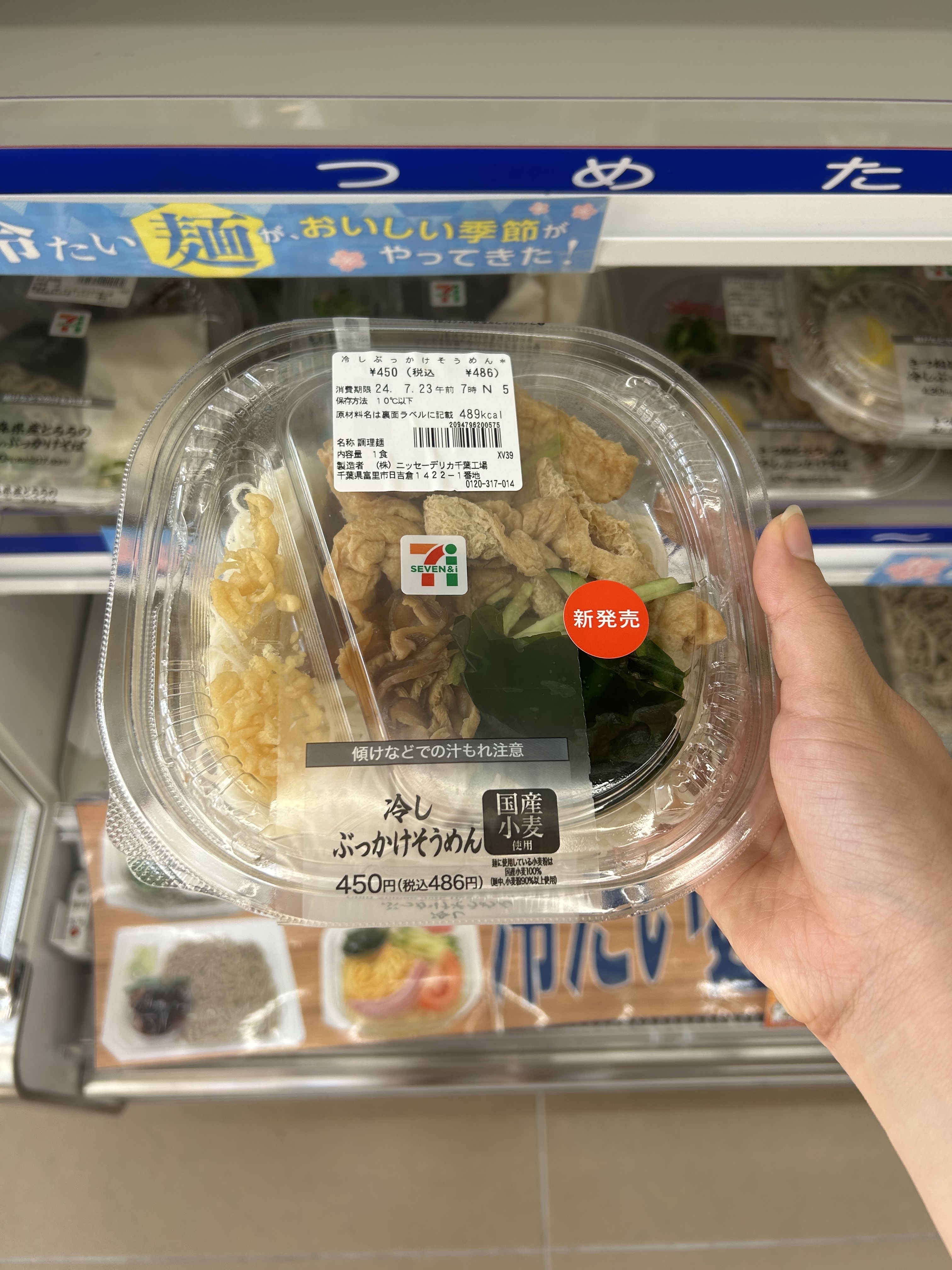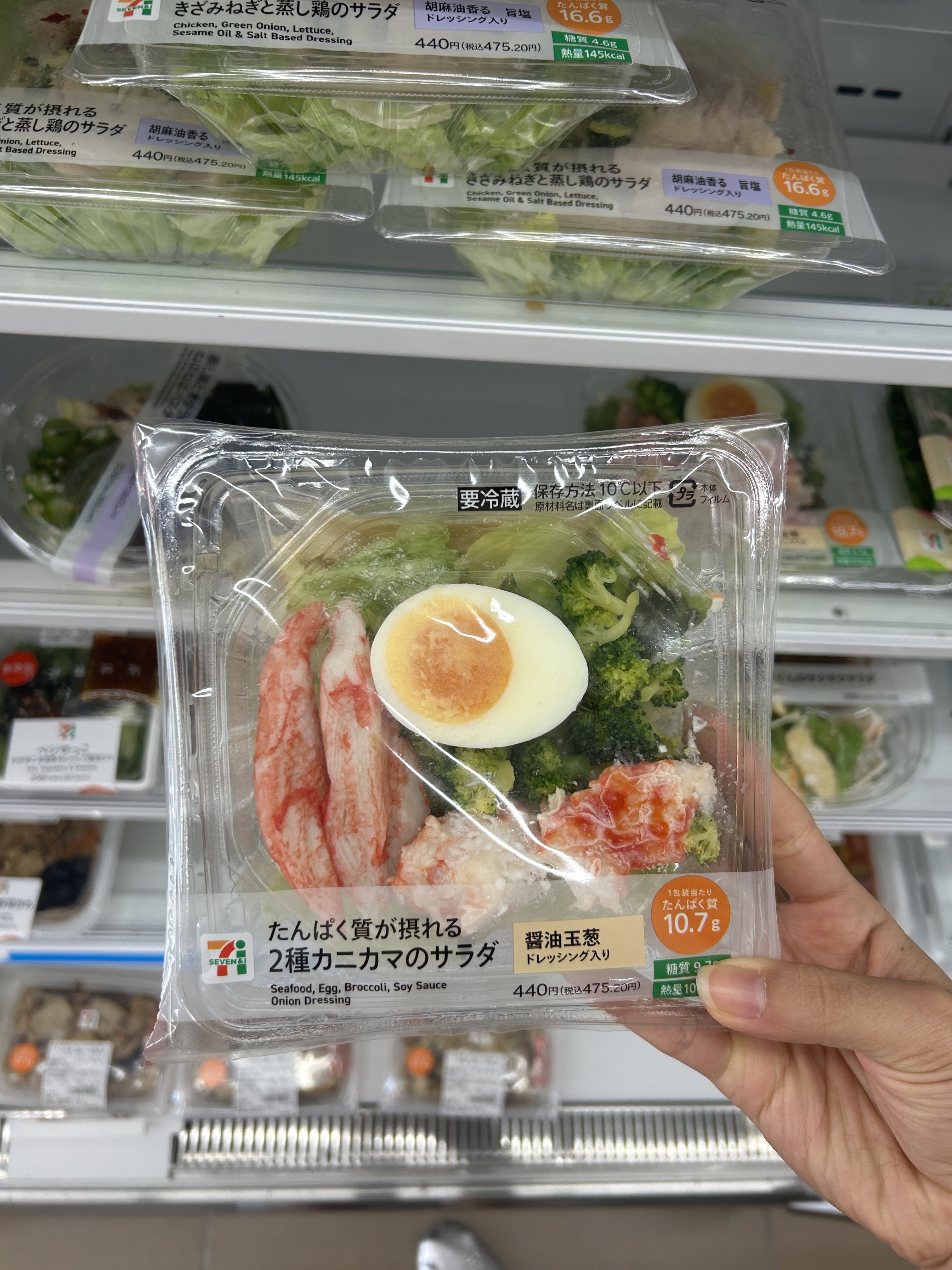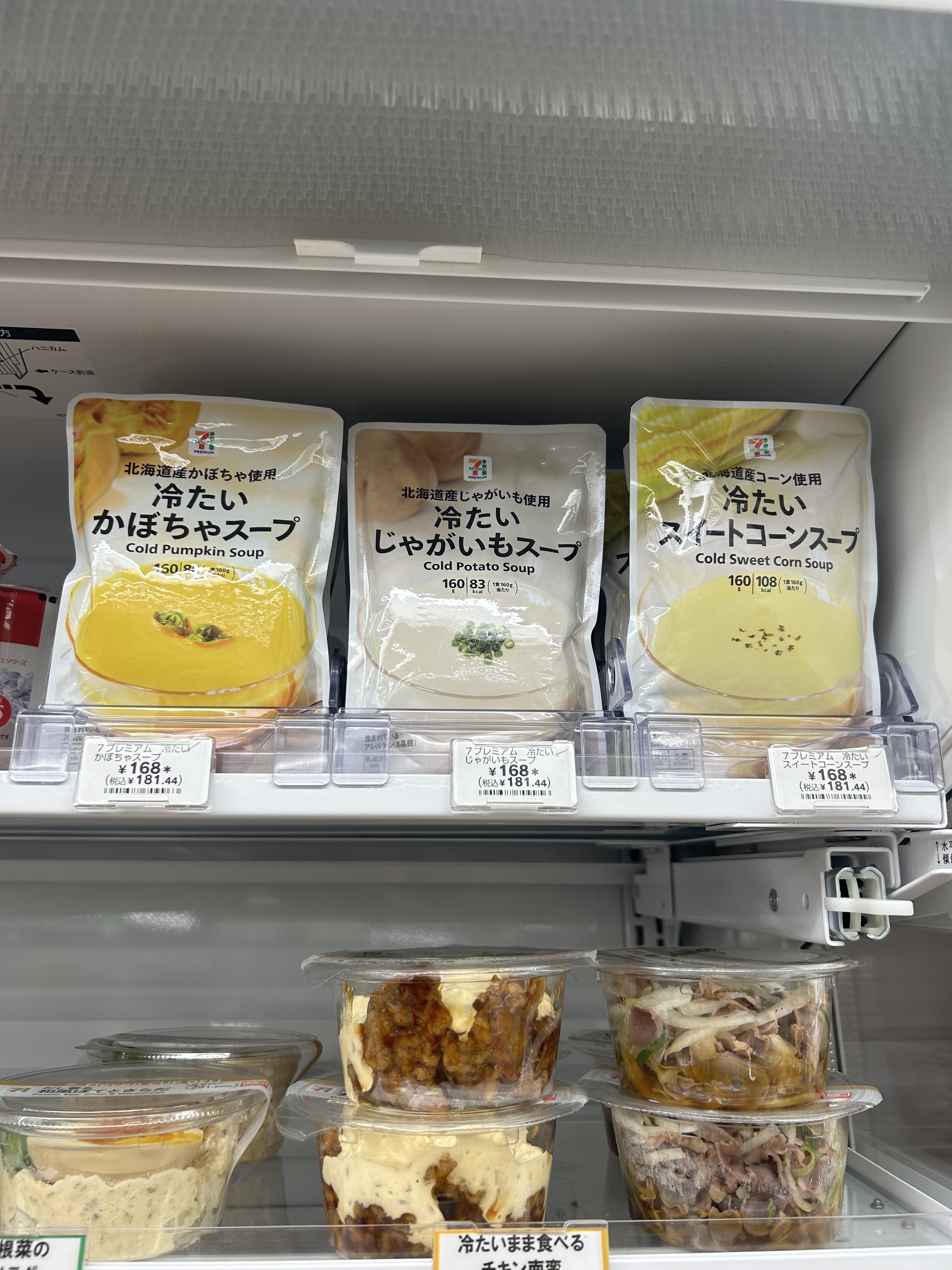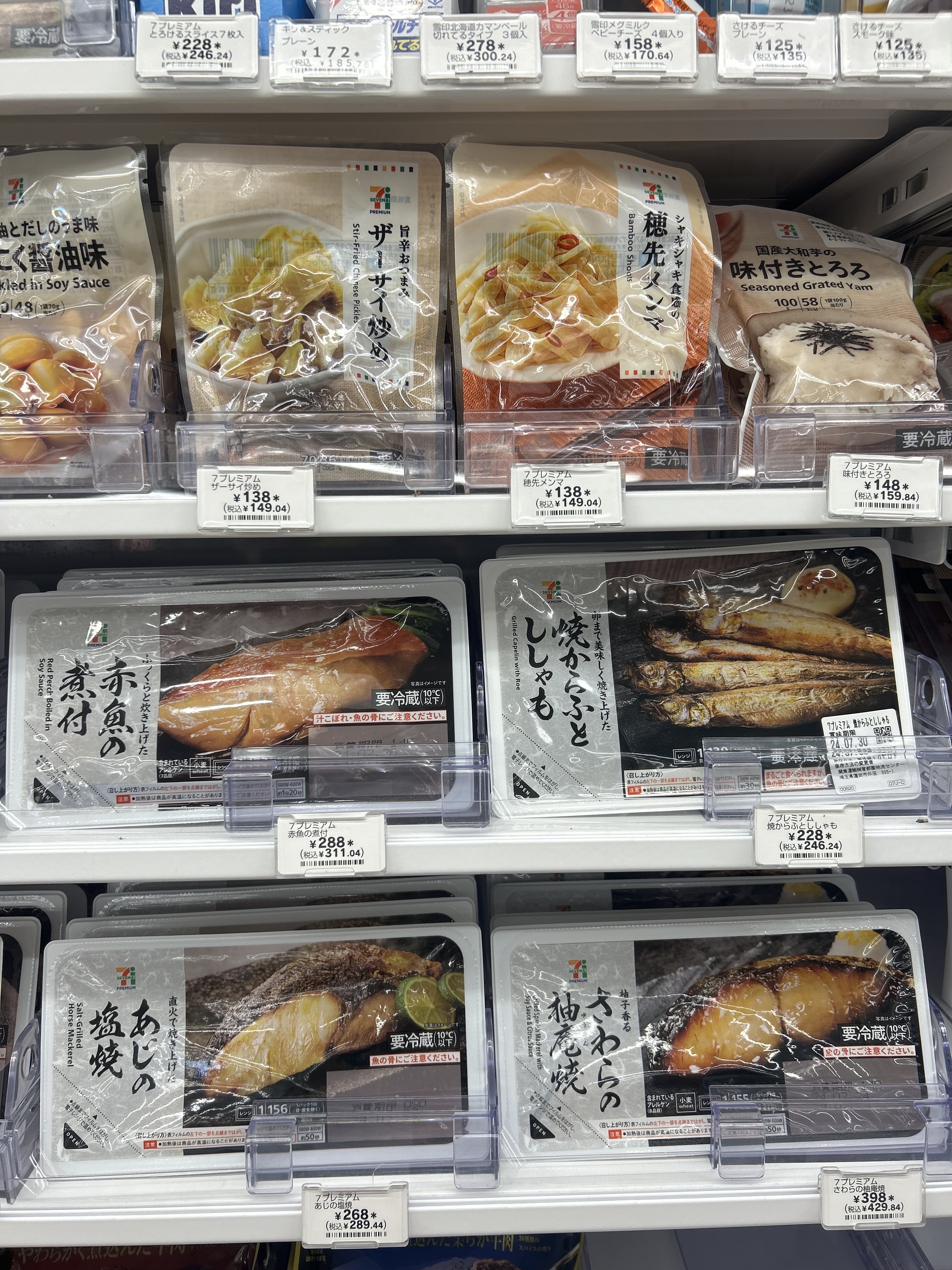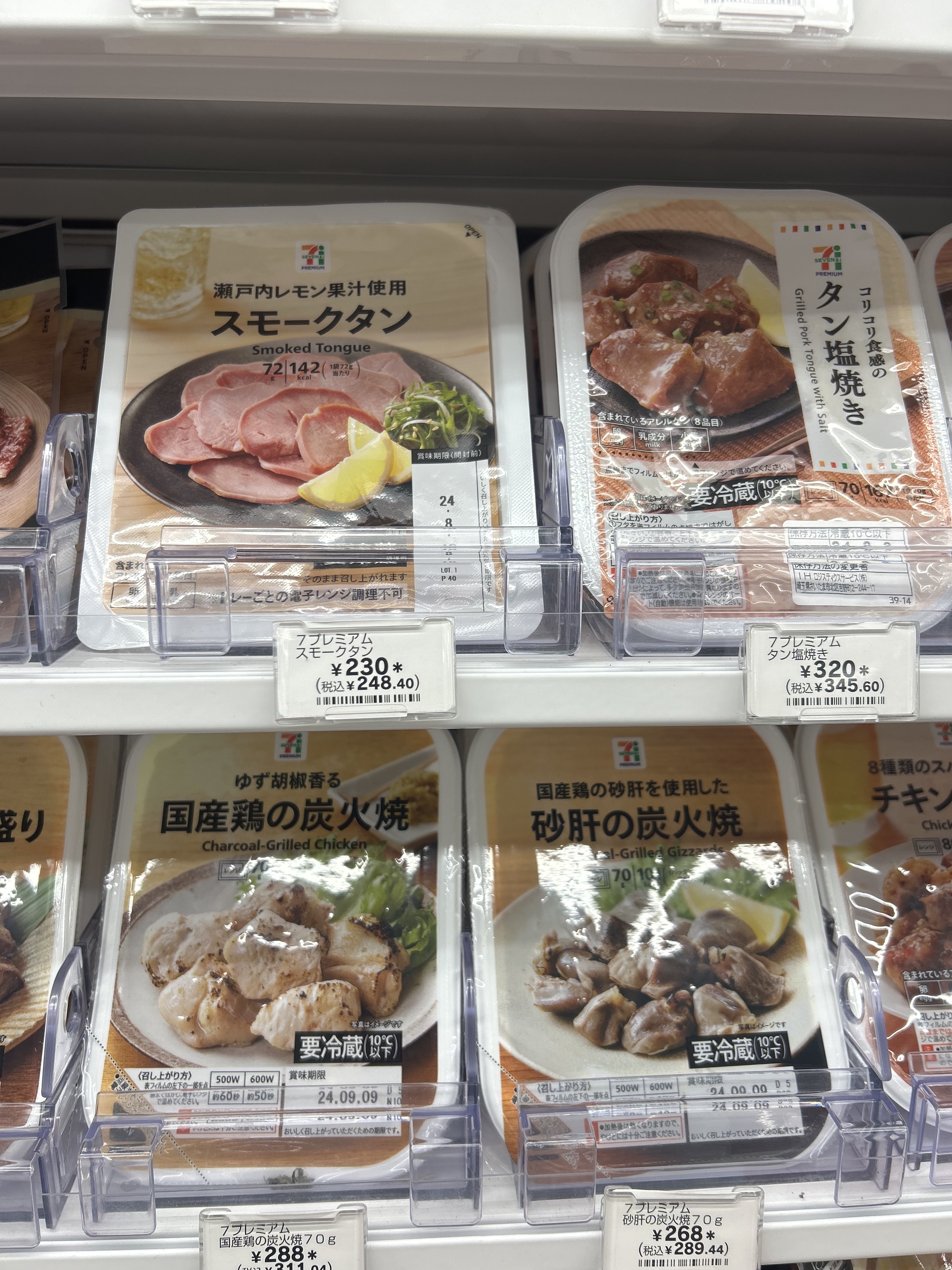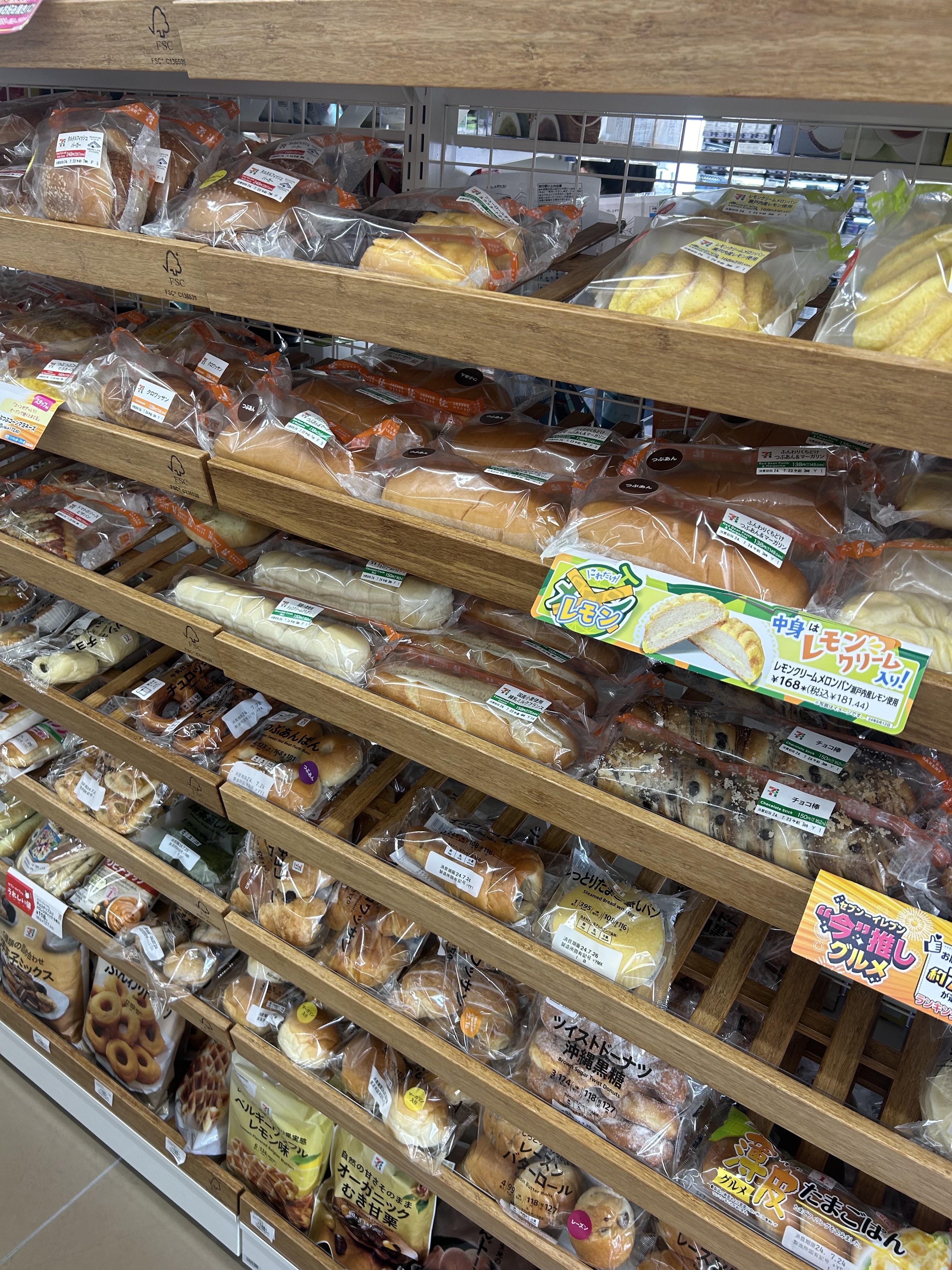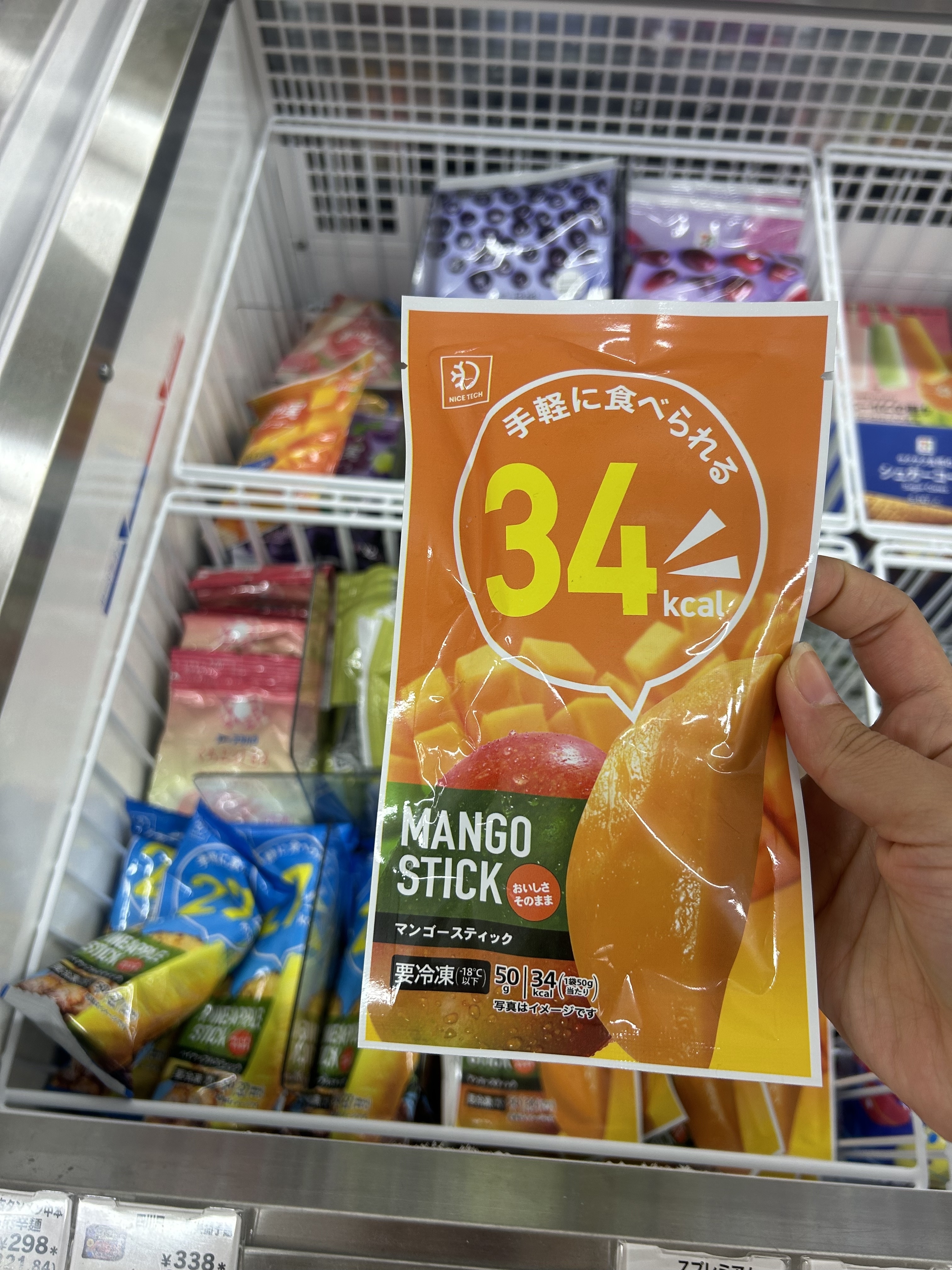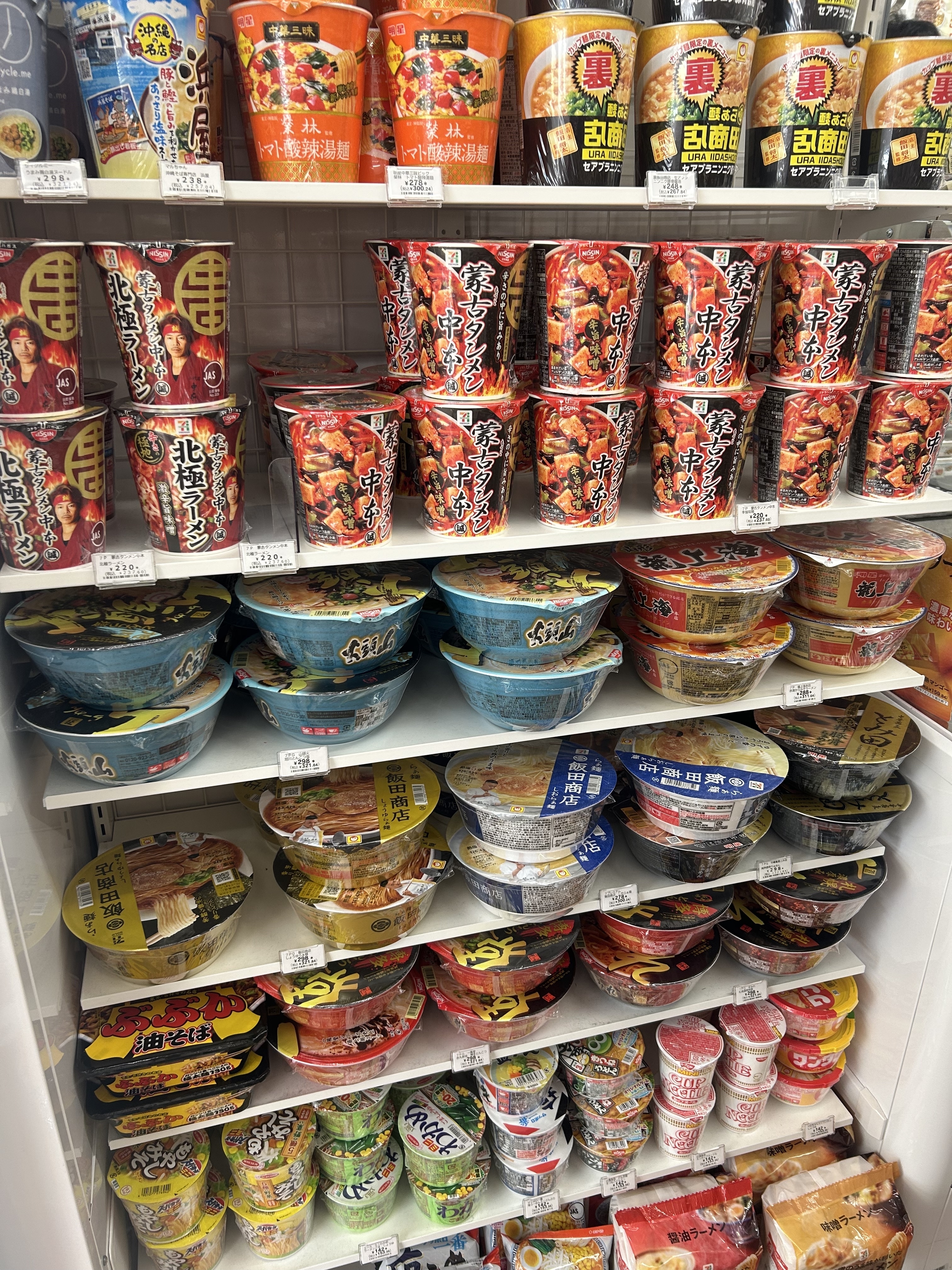From someone who went there every day while visiting .
I recently had the pleasure of going to Japan for two weeks, and let’s just say I’m already thinking about when I can go back again.
Knowing Japan’s reputation as a global food capital, I wasn’t surprised that every meal I had was delicious. What might be unexpected, though, is that this exceptional level of taste and quality extends to the items at Japan’s 7-Elevens.
In Japan, the konbini (convenience store) is an important part of daily life and Japanese culture. With 24-hour locations on nearly every street, these stores offer convenient grab-and-go meals that simplify life for the busy population. In fact, of all the 7-Eleven stores worldwide (which total around 71,000), more than 2,800 — about 30% — are located in Tokyo alone.
If you’ve read some of my other posts, you’d know thatI lived in Tokyo for two summers, so it wasn’t my first time experiencing the joy of a Japanese 7-Eleven. However, the last time I visited the country was in 2019, so I expected a lot of change in both the country and its convenience stores. Plus, with the rise of TikTok, it seemed like 7-Eleven had gotten a lot of buzz, so I was curious to check out the trending items — most of which I’d never tried before.
Naturally, I was curious to see how the store matched up to how I’d remembered it, so I set out to go at least a few times. Funny enough, I ended up going there almost every day for breakfast (and a few times for a snack) so I had the opportunity to try a lot of items. Here’s what it was like:
In terms of the store’s layout, a Japanese 7-Eleven is pretty similar to American 7-Elevens. The main difference is the kind of food sold in the store.
For starters, there’s an entire section dedicated to Onigiri, or rice balls. I had one of these nearly every day, and each one was a hit. My favorite was the grilled salmon flavor.
They also had other varieties, like the ones pictured below. The best part was each one of these cost less than 200 yen, which converts to $1.36 USD at the moment.
Right next to the rice balls, there was an entire area dedicated to prepared meals. These included rice bowls, noodles, pastas, fish dishes, and more.
There were also lots of different salad varieties. In this picture, the salad included crab, a boiled egg, and broccoli.
Fittingly, next to the salads, there were packaged soups.
Then, there was basically an entire wall of packaged meats and fish. In theory, these are all items that you could add on to one of the store’s prepped meals.
Here’s a closeup photo of the packaged foods. The items in this photo include packages of various pre-cooked fish, and other ingredients like bamboo shoots, grated yam, andpickles.
In that same section, there were also several varieties of tongue, as well as grilled chicken and gizzards.
And of course, the chain soldtonsof different pastries. Some of my favorites were the hotdogsand melon bread.
There was even a whole refrigerator devoted to desserts like pudding, parfaits, cream puffs, and Swiss roll cakes, which are all popular sweets in Japan.
And speaking of sweet treats, one of my favorite snacks they sold was individually wrapped pieces of frozen fruit. I mean, genius, right? They also sold single-serve frozen pineapple and apples.
One of the items I was most excited to try was the iced lattes, since they were pretty viral at one point. Those who have seenTikToksabout this coffee will know that it’s a do-it-yourself drink.
I should also mention that there were dozens ofinstant ramenavailable, all for less than 200 yen.
And finally, in theice creamsection, there were several varieties of kakigori, or Japanese shaved ice. My favorite flavor was strawberry with condensed milk. These were the perfect treats for a hot summer day!
Have you ever been to a Japanese 7-Eleven? Comment what your favorite item was!
